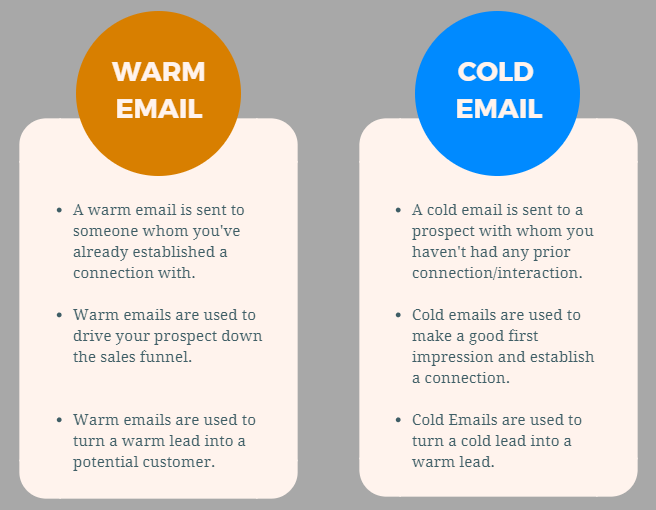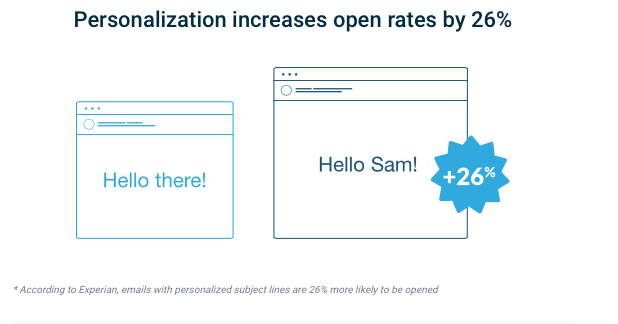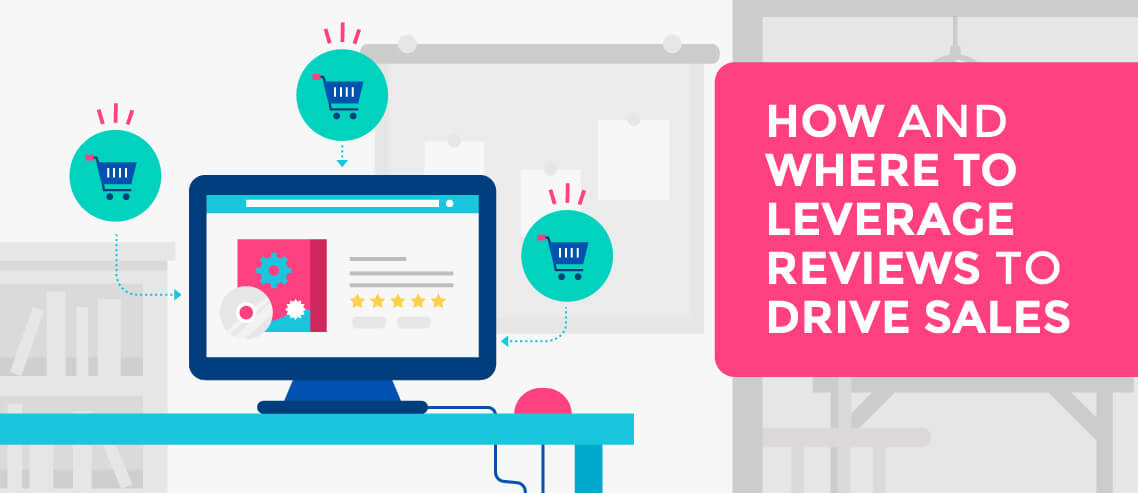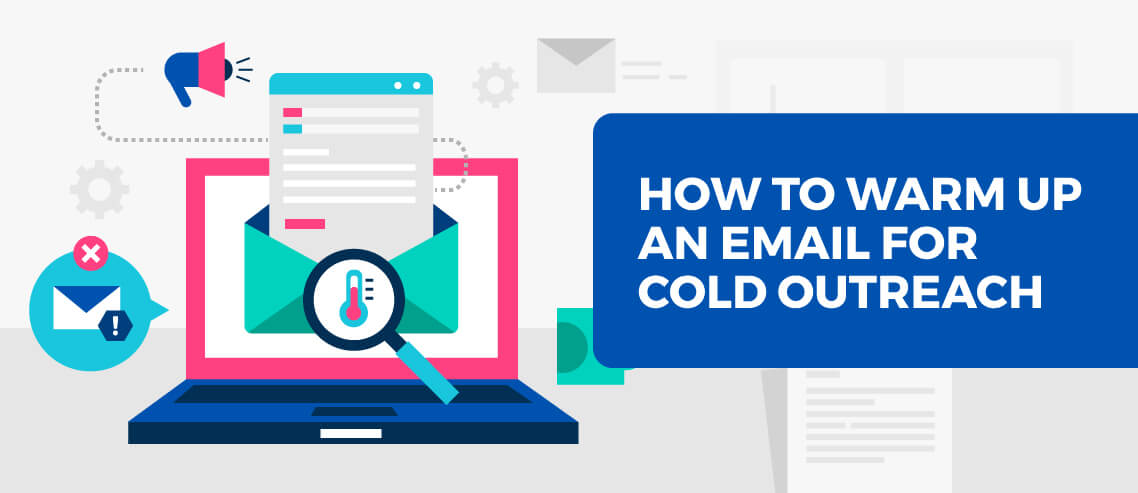How To Achieve 55% Open Rates from Cold Emails with DigitalME’s Ross Jenkins

Contents
Companies that want to send cold emails with Mailshake, this blog post is for you. The cold emailing game has changed. Gone are the days when cold emails were sent with no follow-up and without any expectation of a reply.
The new cold email is about building relationships, not just sending out random spam messages.
In this article, we’ll explore the process of cold to warm email marketing using Mailshake, a tool I use for my company, DigitalME. Which has given me 55% open rates on my cold emails in a timeframe of 12 weeks!
I will be sharing my top tips for writing cold emails with 55% open rates. These are tried and tested techniques that have been used by myself and other professionals in the industry to get better response rates when sending out cold emails.
Whether you’re a small business or an agency looking to scale your reach, these strategies can help you send more effective messages.
The Cold Email
A cold email is an inbound marketing message that you send to someone who hasn’t asked for your product or service. The cold email typically asks the recipient if they have any interest in what you are offering and then provides a call-to-action, such as asking them to reply back with their contact information so that you can provide them with more information.
Many cold email recipients don’t want to be bothered, so cold emailing is a long game – you need to prove that they have an interest in your product before you ask for any contact details.
Once the cold email recipient replies back and provides their contact information then it becomes warm – although they’re still cold as they haven’t yet purchased from you.

I will share my top tips on cold emails in the article below:
- Emphasize your personality by being personal (not professional), it’s all about building a connection.
- Keep it short – people are busy! The average time spent reading an email is just one minute but you should keep them interested enough to read more of your message” says Ross. “A good rule of thumb would be not including any sentences longer than four or five words.” You can also break up paragraphs into bullets if you need more space for your cold email.
- Offer a free trial if possible to give prospects an incentive – especially those who might not want anything more than a little taste of what you offer before committing!- Be specific about what you want from them and how they can help your business or organization by giving call to actions like “sign up for our newsletter” or “subscribe to our blog.”
Don’t forget cold emails are still marketing messages, even though you don’t have a personal relationship with the people on the other end. You will need to do some research beforehand in order to understand more about their interests and who is going to be interested in hearing from you.
This way when someone replies back asking if you could send them something related it won’t seem as random as before. Instead of sending cold out cold, get them warm first!
An important takeaway: If possible, automate your outreach processes. DigitalME’s preferred cold emailing tool, Mailshake is designed to automate cold prospect outreach via email, social and phone.
How to Achieve High Open Rates
One of the key reasons for such a high open rate on cold emails with Mailshake is that it automates this process.
As you can see from these tips, there are many ways to build relationships before sending out a cold email campaign so that when prospects receive your message they’re more likely to be interested in hearing from you! If possible, make sure of your automated processes by using Mailshake which will help ensure success.
1. Email Personalization
By now, you’re probably asking yourself, ‘how do I get my cold emails read’.
Simple. Personalize them.
If you can make the subject line about the reader, they’re much more likely to open and be interested in what you have for them – which is perfect for Mailshake users, because they’re all about high open rates!
Carefully craft a personalized message that’s relevant so there are no misunderstandings or confusion. Add some personality. Sometimes even cold emails can feel a little cold – break up those sentences with bullet points or short paragraphs, try using humor as well.

We all know how overwhelming it can be when you have an inbox full of unread emails and ads trying to catch your attention at the top, but those messages don’t always resonate with us for one reason or another.
Remember, if the cold email is more personal, then it’s easier to remember and respond back. When you’re writing a cold email for cold prospecting, be specific about what you want from them so they know how to help your business or organization! Be as clear with the call-to-action in order to ensure that there are no mixed signals.
2. The Email Body
Another important aspect is the email body, so what should you include in the body of your cold email?
Introduce yourself in the cold opening. Keep your cold emails short and personal. People are busy! The average time spent reading an email is just one minute but you should keep them interested enough to read more of your email.
Stay focused on one idea at a time if possible. Remember cold emails are about building relationships, not only sending out random spam messages.
Are you still unsure of how to create the perfect cold email? Then let’s get working on it, contact me here.
3. Choose the Correct Times
Cold emailing is a great way to start building relationships with potential customers. So when are the best days for cold emails? It turns out that Mondays and Thursday evenings/Friday mornings have been shown to be most successful in my experience.
When creating an automated cold prospecting campaign with MailShake, make sure yours includes sending cold emails on these two optimal days – Monday and Thursday evenings/Friday mornings so that potential customers will see them first thing when they check their inboxes.
4. The Follow Up
We all know the frustration of following up with a prospect who hasn’t responded, so here are some tips to make sure you’re responding appropriately. First and foremost, it’s important that your email is tailored for this specific recipient. You want them to feel like they can relate–their interests should be reflected in what you send over or vice versa!
Next time an opportunity arises where there might not be a response after sending an initial message, don’t fret; instead offer something valuable as incentive such as access information on their favorite topic . This will ensure engagement from potential clients while also making your campaign more personalized.
In order to ensure cold emails are as successful as possible, remember that cold prospects do not know you. Be direct and provide a clear call-to-action; don’t expect them to figure out what it is they should do next! This will help keep your cold email from feeling cold which can be off putting for potential customers who may have been looking at an inbox full of messages already. Remember, the more personal cold emails are, the easier they’ll be to remember and respond back with information if given time or when prompted again in person or via phone call.
If someone has expressed interest but never followed up on their end–don’t let that go unnoticed! Stay persistent until you hear back – sometimes this doesn’t happen until after the cold email has long been forgotten.
If you are wanting to trial Mailshake then you can easily sign up here.
Wrapping It Up
Do what successful companies do! Use Mailshake’s new automation features so that all of your cold follow ups happen automatically without any work on your part.
Set up automatic campaigns by date range when sending out cold emails (e.g., every two weeks) and choose which contacts should receive these messages such as “New Contacts,” “Potential Prospects,” or “Warm Leads.”
I hope you found this article helpful for your cold emailing journey. Remember that tone, timing and content are all important factors in the process of successful marketing through email. In order to make sure you are sending out a quality cold email, it is important to remember that it should be personalized.
Use information about their company and interests in your introduction line or subject lines so they know why you’re reaching out. And finally, don’t forget follow-ups! The purpose of following up with someone who has opened your first message is not only for them to respond back but also for you to get more data on how well this person will fit into your marketing funnel.
Follow these simple guidelines and I promise that things will go much smoother when contacting new potential customers!





